Below, we’ll explore a selection of sturdy and stunning evergreens that not only endure the Texas climate but also enhance its natural beauty. Each entry will offer insight into these unique plants, perfect for your next landscaping project.
Texas Sage (Leucophyllum frutescens)
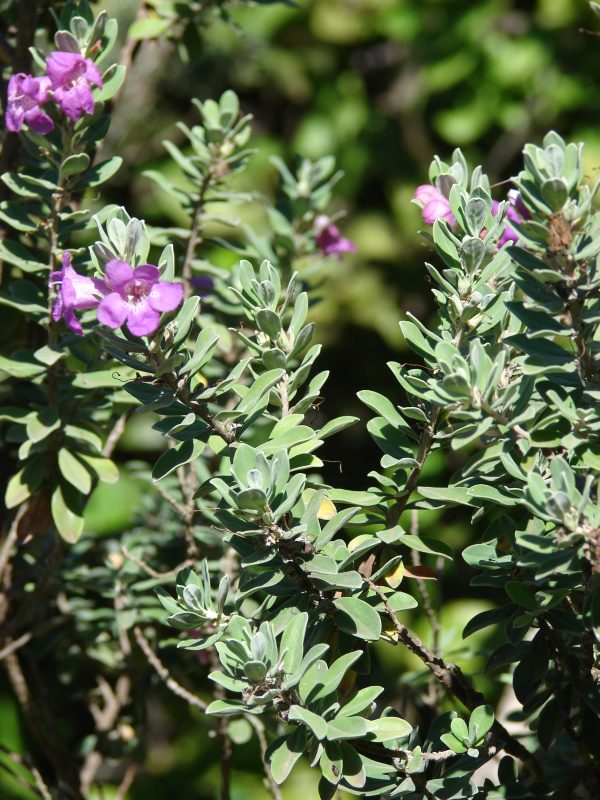
Texas Sage, often referred to as Cenizo, is a perennial favorite in Texas landscapes. This lush, silver-leaved shrub thrives in hot, arid environments, making it the ideal companion for dry, desert-like gardens. Its resilience to drought means that once established, it requires minimal watering, an appealing trait for water-conscious gardeners.
Texas Sage blossoms with vibrant purple flowers, typically blooming in the late spring and summer months. This not only adds a beautiful splash of color but also attracts pollinators, such as bees and butterflies, enhancing your garden’s biodiversity. Furthermore, its compact growth habit allows it to serve as an informal hedge or border plant, providing structure and form to garden beds without overwhelming surrounding flora.
The plant’s natural resistance to pests and diseases makes it low-maintenance. As it can tolerate heat, it is perfect for southern gardens where temperatures soar. When planted alongside other heat-loving plants, Texas Sage serves as an excellent backdrop that will keep your garden vibrant throughout the seasons.
Agarita (Mahonia trifoliolata)
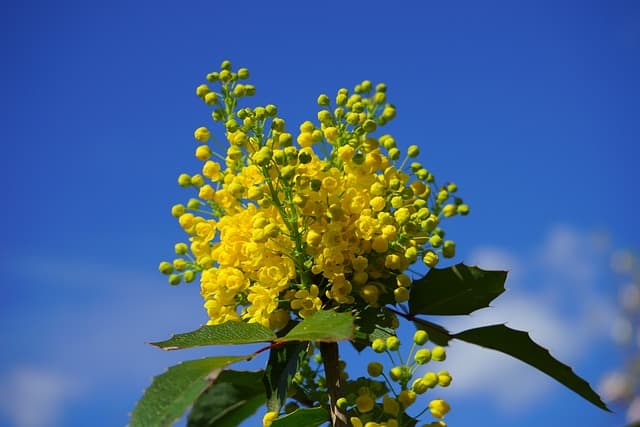
Agarita is another quintessential Texas evergreen that boasts beauty and utility. This spiny, drought-tolerant shrub grows in a manner that resembles a low hedge, making it ideal for both ornamental and protective landscaping. The Agarita’s hardy nature allows it to thrive in various soil types, although it prefers well-drained soils under full sun.
During the early spring, Agarita presents fragrant yellow flowers that are not only pleasing to the eye but also essential for early-season pollinators. Following the blooming period, expect small, blue berries to emerge, which can attract birds and other wildlife, enriching the ecological vibrancy of your garden.
Agarita’s natural thorny attributes make it an excellent choice for security; planting it along pathways or property borders can deter unwanted visitors. Its attractive foliage and growth habit can create a functional yet appealing privacy barrier in your outdoor space.
Yaupon Holly (Ilex vomitoria)
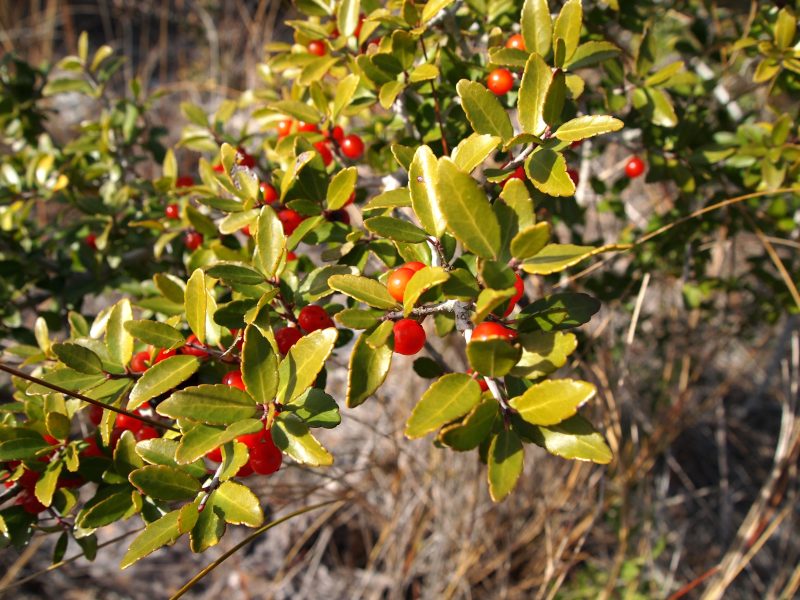
Yaupon Holly is native to the southeastern United States, but it has made quite a name for itself in Texas gardens. This evergreen shrub or small tree is prized for its glossy green leaves and bright red berries that persist into winter, adding pops of color to the often-dry winter landscape.
The Yaupon Holly is highly adaptable, thriving in a range of soil types and growing well in both sun and shade. Its capability to tolerate salt makes it an exceptional choice for coastal gardens as well. Beyond its ornamental allure, this plant serves a practical purpose—birds find the berries highly appealing, which can bring a plethora of feathered friends to your yard.
Yaupon Holly can also be pruned into a defined shape, allowing gardeners to control its height and form. Whether you opt for a more formal hedge or a naturalistic planting, Yaupon Holly’s versatility and resilience ensure it will flourish beautifully within your landscape.
Wax Myrtle (Morella cerifera)

Whether you’re aiming for privacy or simply want to introduce a fragrant element to your garden, Wax Myrtle is a dynamic choice for Texas landscapes. This evergreen shrub or small tree features aromatic foliage that, when crushed, releases a distinctive scent. Its dense growth habit makes it a favorite for hedging and screening, providing an effective windbreak while adding a touch of elegance to your outdoor space.
Wax Myrtle performs excellently in poorly drained soils, making it an excellent option for areas with high moisture or occasional flooding. Its adaptability extends beyond soil types; this shrub flourishes in full sun to partial shade, accommodating a variety of garden styles and orientations.
In addition to its utility in privacy applications, Wax Myrtle produces small, waxy berries that are seeds for birds and other wildlife. This feature contributes to the ecological function of your yard, turning it into an inviting habitat for local fauna. With its beauty, fragrance, and wildlife benefits, Wax Myrtle is a win-win for any gardener.
Texas Mountain Laurel (Sophora secundiflora)

The Texas Mountain Laurel is often revered as one of the most beautiful flowering evergreens in the state. With its stunning clusters of vibrant purple flowers reminiscent of wisteria, it graces gardens with a prolific display in early spring. Its unique color and pleasant fragrance make it a remarkable focal point in any landscape design.
This slow-growing evergreen tree tends to reach heights of 10 to 15 feet, eventually creating a wide canopy that provides welcome shade. Its leathery leaves and sturdy branches enable it to withstand drought conditions, making it a highly drought-tolerant option in the Texas heat. The Texas Mountain Laurel also adapts well to a variety of soils, once again proving its versatile nature.
Beyond its ornamental value, the seeds of the Texas Mountain Laurel are toxic if ingested, which means they can deter foraging animals and pests. As such, incorporating this tree into your landscape brings beauty, shade, and practical benefits—all while hosting memories of Texas landscapes for future generations to enjoy.
Evergreen Sumac (Rhus virens)
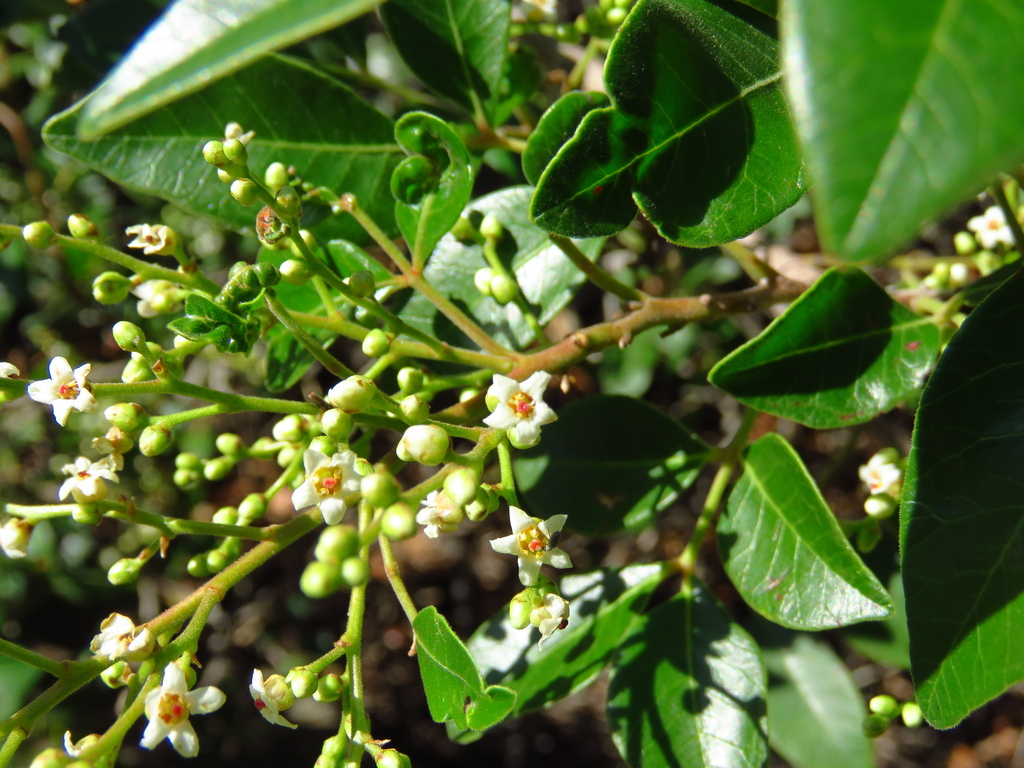
Evergreen Sumac is a charming, native shrub that can elevate your landscape aesthetic. With its glossy, dark green foliage that turns a brilliant red in the fall, this evergreen brings vibrancy and life throughout the seasons. Preferring sunny spots, it thrives in well-drained, rocky soils, making it an ideal candidate for a Texan garden.
This plant produces small, fragrant white flowers in the spring, followed by clusters of red berries that can feed various birds. Its natural tendency to form clumps or thickets can be utilized to create a lovely, informal hedge, enhancing the beauty and functionality of your outdoor space.
Evergreen Sumac is also drought-tolerant once established, making it suitable for xeriscaping projects. Not only does it offer aesthetic appeal, but it also requires minimal water, harmonizing with Texas’s climate-conscious gardening ethos.
Autumn Sage (Salvia greggii)
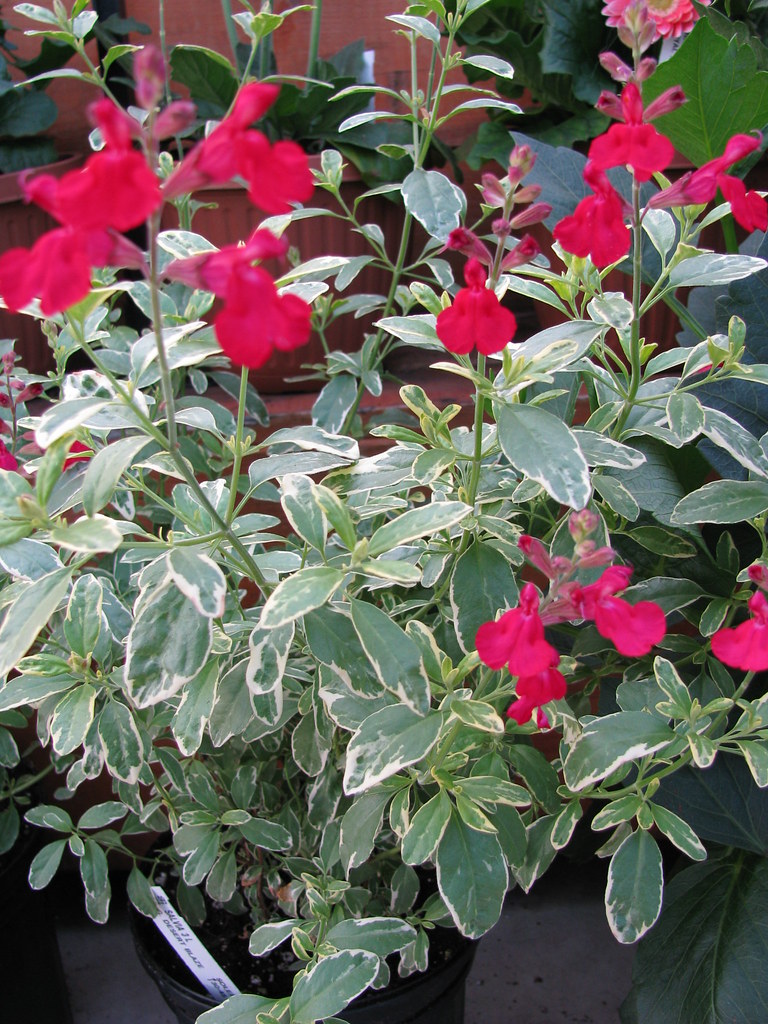
If you desire a hardy, perennial evergreen with vibrant blooms, look no further than Autumn Sage. This Texas native thrives in hot conditions and attracts a myriad of pollinators, especially hummingbirds, thanks to its tubular flowers that appear in red, pink, purple, and white.
Autumn Sage is adaptable to various soil types and thrives in poor, well-drained soils with full sun exposure. This perennial can grow as tall as 3 feet and, depending on the variety, can serve as both a backdrop or a focal point in your garden. The lush foliage remains green year-round, ensuring that your garden maintains color and texture, even in winter months.
Gardening enthusiasts appreciate this plant’s long blooming period, which stretches from spring through fall, ensuring a continuous display of color. With its resilience, beauty, and ecological benefits, Autumn Sage is undoubtedly an essential addition to any Texan garden.
Anacahuita (Cordia boissieri)
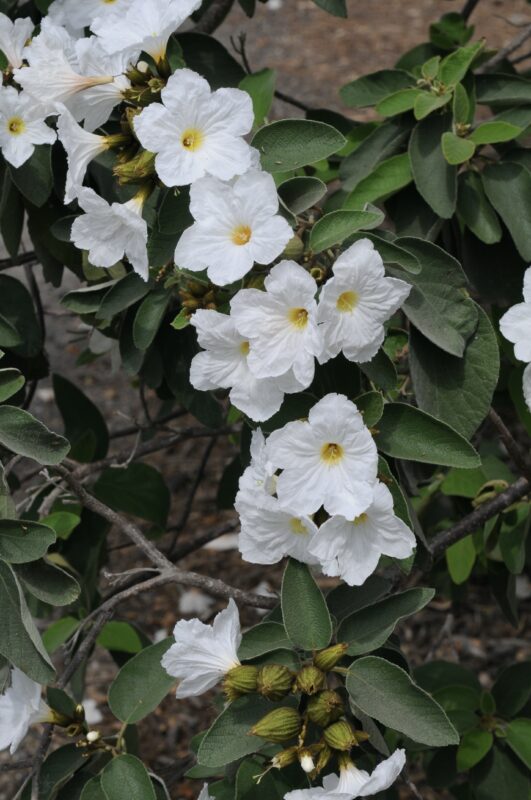
The Anacahuita, or Texas Wild Olive, is a unique evergreen tree that can enrich Texan landscapes with its lush foliage and delicate white flowers. This tree grows to about 15 to 30 feet in height and spreads outward, creating a sprawling canopy that provides shade in warmer months.
One of the Anacahuita’s most appealing characteristics is its ability to attract butterflies and other pollinators, which enhances the bio-diversity of your garden. The tree blooms sporadically throughout the growing season, often after summer rain, producing fragrant white flowers with a yellow center. The resulting berries are small and edible, attracting birds that thrive in garden habitats.
This tree is quite tolerant of challenging soil conditions and can handle drought, making it suitable for various planting scenarios in Texas. The Anacahuita’s aesthetic allure and ecological benefits make it a stunning choice for your green space.
Alligator Juniper (Juniperus deppeana)
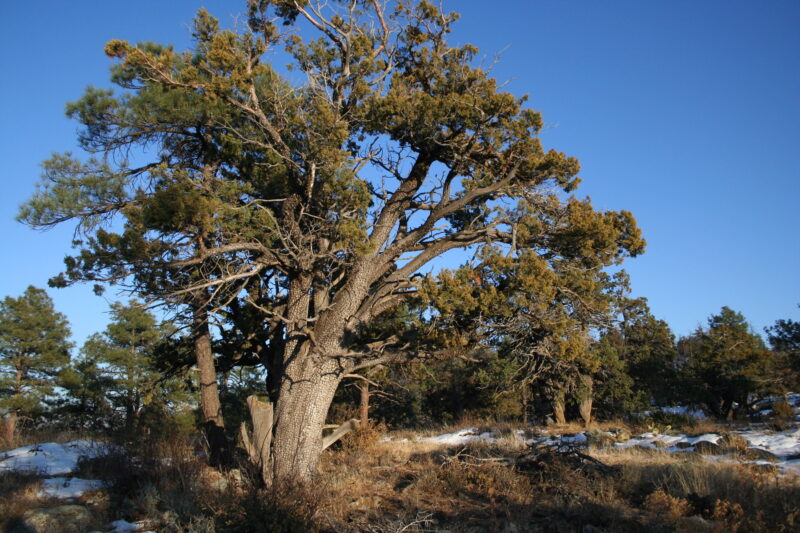
The Alligator Juniper is a striking evergreen tree characterized by its rough, scaly bark that resembles the skin of an alligator—hence its name. This hardy tree is well-adapted to the rocky highlands of central and western Texas and can grow up to 60 feet tall.
Besides its visual appeal, the Alligator Juniper is a functional addition to Texas environments. Its dense foliage provides excellent shelter for bird species, and its seeds are a valuable food source for wildlife. Additionally, the tree is highly drought-resistant, which makes it easy to care for in arid conditions.
Its sprawling branches and high canopy offer ideal shade, making it a fantastic choice for landscape designs aimed at creating comfortable outdoor spaces. The Alligator Juniper’s unique bark and adaptability to various soil types solidify its place as a favorite among Texas gardeners.
Yaupon (Ilex vomitoria)

While previously mentioned, Yaupon’s role as an excellent evergreen in the Texan landscape deserves additional exploration. As a native shrub or small tree, Yaupon is renowned not just for its beauty but also its cultural significance, having been used by Indigenous peoples for centuries.
Yaupon’s small, serrated leaves produce an abundance of white flowers in spring, which are later complemented by bright red berries that persist throughout the winter. As a versatile evergreen, Yaupon can adapt to a variety of planting conditions, whether in sunlight or shaded areas and in dry or moist soils.
With a lifespan that can exceed 50 years, Yaupon is a steadfast partner in landscaping, offering year-round greenery while supporting local ecosystems. Its ease of care and impressive adaptability ensures that Yaupon remains a staple choice for anyone looking to enhance their Texas garden.
Austrian Pine Tree (Pinus Nigra)

The Austrian Pine is a majestic evergreen that thrives in Texas’s varied climates, from the eastern parts to the lean, arid zones. Renowned for its tall stature and resilient nature, it can grow up to 60 feet, reaching an impressive height that can serve as a windbreak or privacy screen.
Its dark green needles create a luscious canopy while the tree’s adaptability provides it with resistance to drought and air pollution. The Austrian Pine’s unique, twisted trunk and sprawling branches add an architectural element to any landscape, creating visual interest year-round.
Landscape designs incorporating the Austrian Pine benefit from its ability to attract birds, as it provides nesting sites and food sources. Beyond being a practical choice for gardeners looking to add structure and substance to their outdoors, this pine tree offers a sense of timeless elegance that transforms any space.
Mescalbean (Sophora secundiflora)
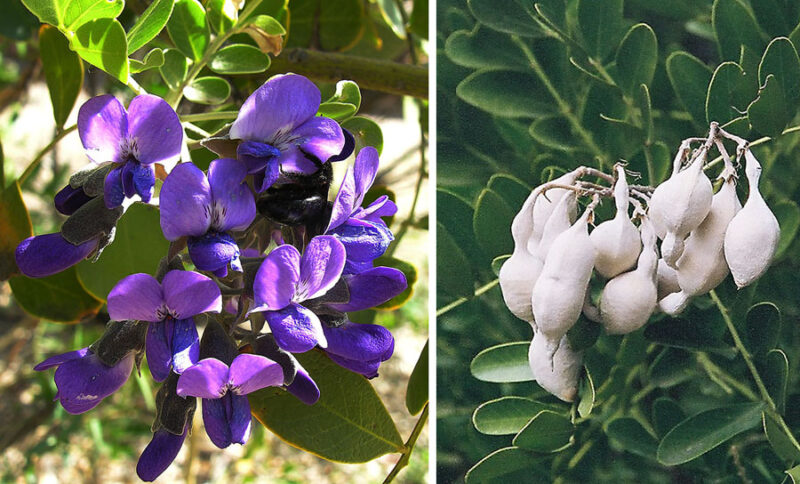
Also known as Texas Mountain Laurel, Mescalbean captures hearts with its stunning purple flowers and evergreen attributes. This tree’s robust structure typically reaches heights of about 15 to 25 feet, creating an impressive presence in any landscape.
The tree blooms in spring, showcasing an abundance of lavender-hued flowers that emit a sweet fragrance—an irresistible draw for hummingbirds and bees alike. By summer’s end, Mescalbean presents eye-catching seed pods that provide year-round interest and attract wildlife.
In addition to its aesthetic qualities, Mescalbean is known for its resilience to heat and drought. Once established, it requires little water, making it an ideal candidate for Texas gardens aiming for sustainability. Its appealing structure and fragrant blooms create a perfect backdrop for outdoor spaces.
Arbequina Olive (Olea europaea ‘Arbequina’)
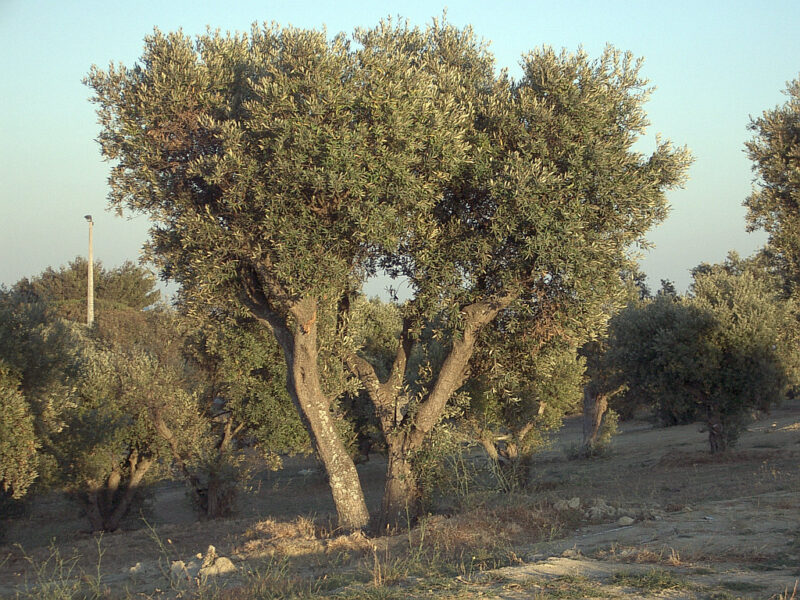
The Arbequina Olive tree brings a touch of the Mediterranean to Texas gardens, providing a unique evergreen option that bears delightful and nutritious fruit. This small tree typically reaches a height of 15 to 25 feet and is well-suited for warm, sunny environments.
Planting an Arbequina Olive tree contributes not only beauty and shade to your landscape but also a bountiful harvest. These small olives are known for their rich flavor and are often harvested for high-quality oil-making. With proper care and a sunny disposition, this tree can bear fruit in its second year, making it a rewarding addition for patient gardeners.
The olive tree is drought-tolerant once established, requiring minimal irrigation. Its silvery-green leaves provide an attractive contrast to the rest of your garden, ensuring that Arbequina Olive persists as a stunning and productive landscape element throughout the seasons.
Dahoon Holly (Ilex cassine)
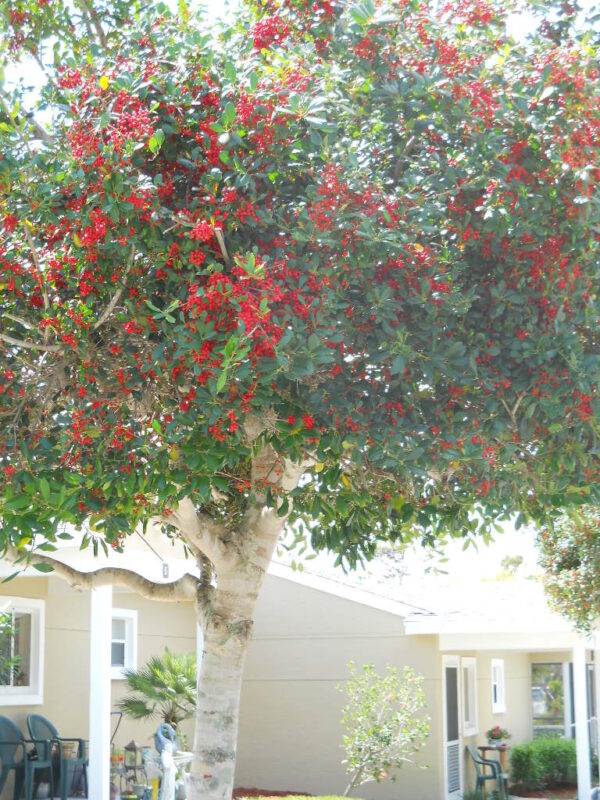
Dahoon Holly is a lesser-known yet stunning evergreen that deserves a spot in any Texan garden. As a small tree or shrub, it typically grows between 15 and 30 feet tall, adorned with glossy, dark green leaves that stay vibrant year-round. In late spring, Dahoon Holly produces clusters of fragrant white flowers that give way to bright red berries come fall, attracting various birds and wildlife.
This species adapts well to wet conditions, making it an excellent choice for gardens with poor drainage—something many Texan gardeners encounter. Its formal appearance makes it suitable for hedging or specimen planting, providing steady interest regardless of the season.
Dahoon Holly’s striking appearance combined with its wildlife-attracting berries offers both beauty and function, enhancing your landscape while supporting the local ecosystem.
Harvey Lemon Tree (Citrus limon ‘Harvey’)
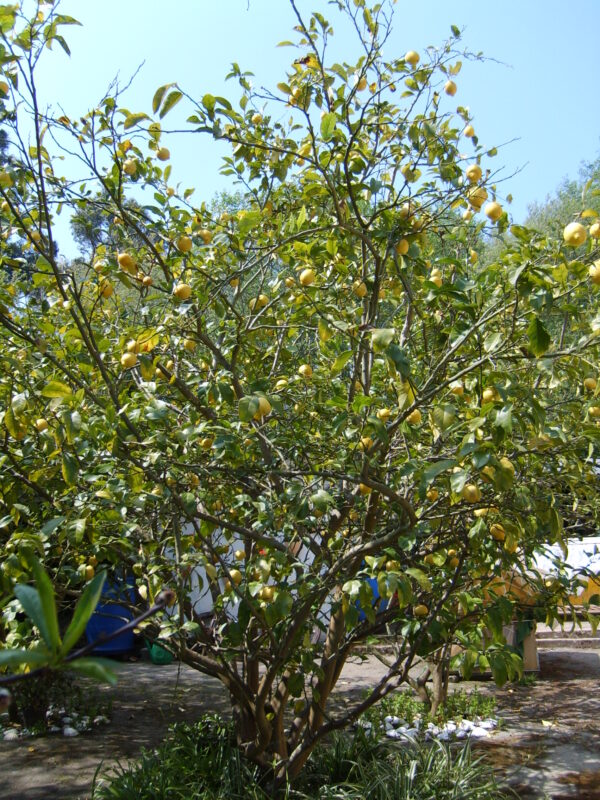
The Harvey Lemon Tree is a delightful evergreen that not only brings a splash of greenery but also yields a bounty of fresh lemons. This tree thrives in warm climates, and Texas gardeners can enjoy its prolific fruiting and fragrant blooms. Despite a compact size, typically growing to about 10 to 12 feet, its presence in any garden packs a delicious punch.
The Harvey Lemon Tree is highly ornamental, flaunting glossy, rich green leaves that frame clusters of striking white flowers. When these flowers give way to bright yellow lemons, your garden brightens up—both visually and gastronomically.
This hardy tree is drought-tolerant once established, making it an easy choice for gardeners wanting to incorporate fruit-bearing plants into their landscapes. With minimal care, the Harvey Lemon Tree can flourish, rewarding you with fresh lemons for culinary uses and homemade beverages.
Eastern White Pine Tree (Pinus strobus)
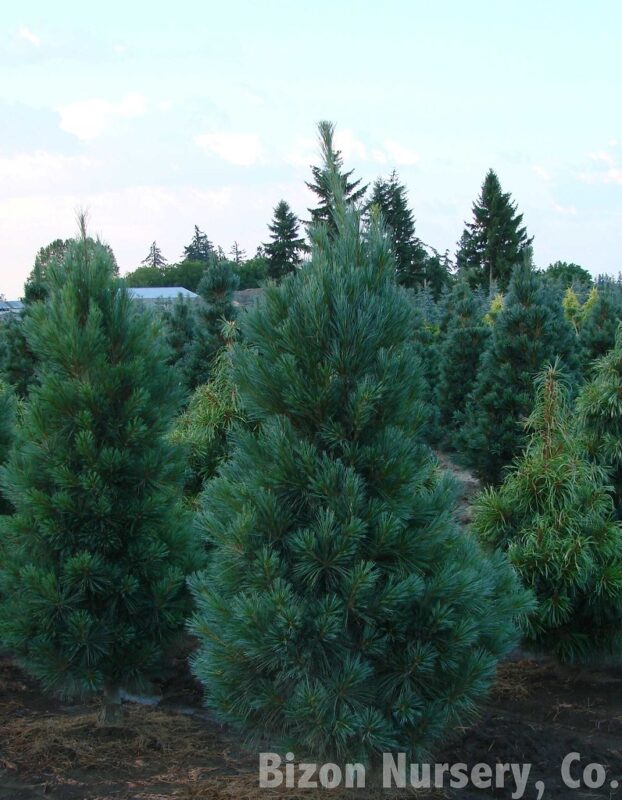
The Eastern White Pine Tree is a majestic evergreen widely loved for its soft, flexible needles and tall stature. With mature heights reaching up to 80 feet, this tree brings a commanding presence to Texas landscapes. Its stately appearance complements a wide range of garden styles, from formal to rustic.
The Eastern White Pine has been valued historically for its timber as well as its beauty. It flourishes in a variety of soil types with good drainage, preferring partial to full sun exposure. Not only does it provide stunning visuals, but it offers essential habitat for birds and small mammals—making your garden a critical piece of the local ecosystem.
Crucially, the Eastern White Pine is also relatively disease-resistant, requiring less maintenance than its counterparts. The Atlantic influence these trees represent adds another layer of diversity to your Texan garden, providing year-round interest.
Conclusion
Creating a stunning landscape in Texas doesn’t have to feel overwhelming. With the diverse range of evergreens presented in this guide, gardeners can cultivate aesthetics that thrive in varied climates while reducing maintenance needs. From the fragrant blooms of the Texas Mountain Laurel to the resilient nature of the Alligator Juniper, these evergreens promise not only beauty but also ecological benefits and sustainability.





